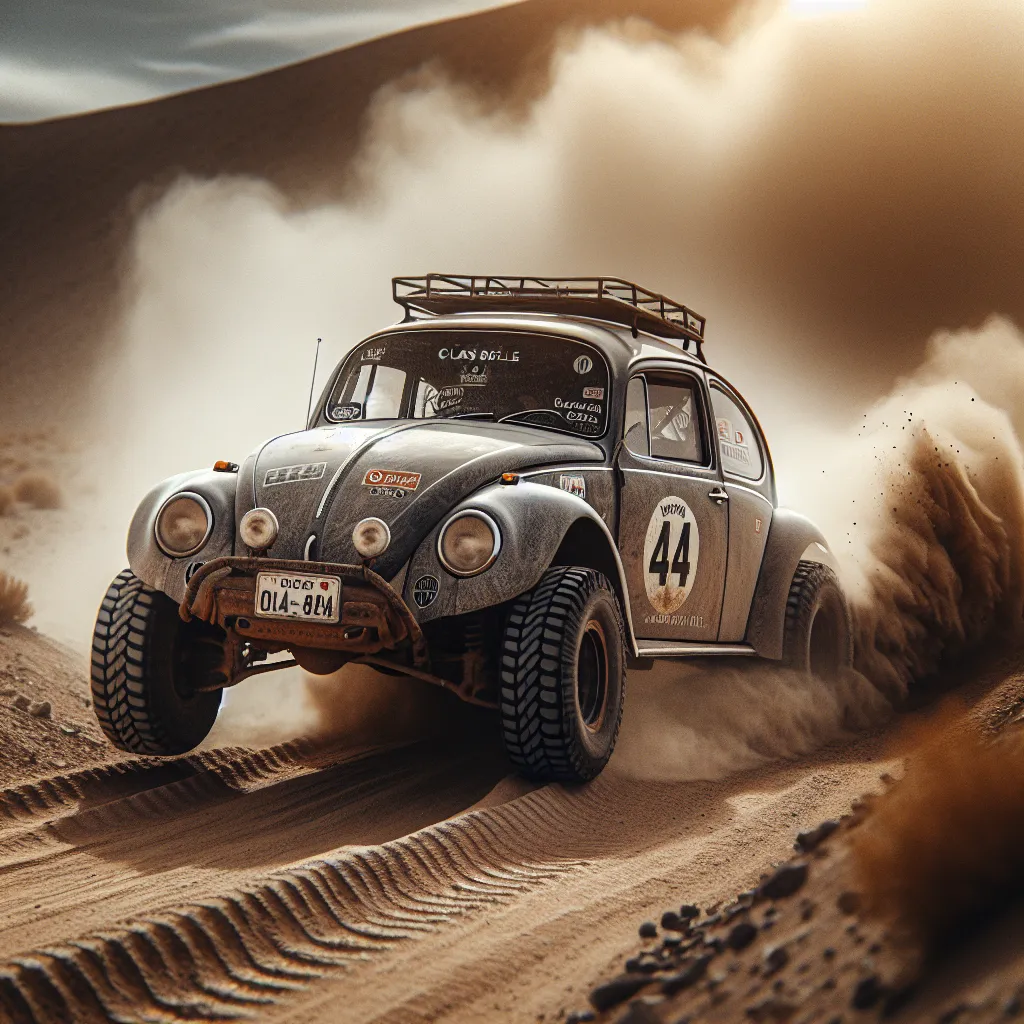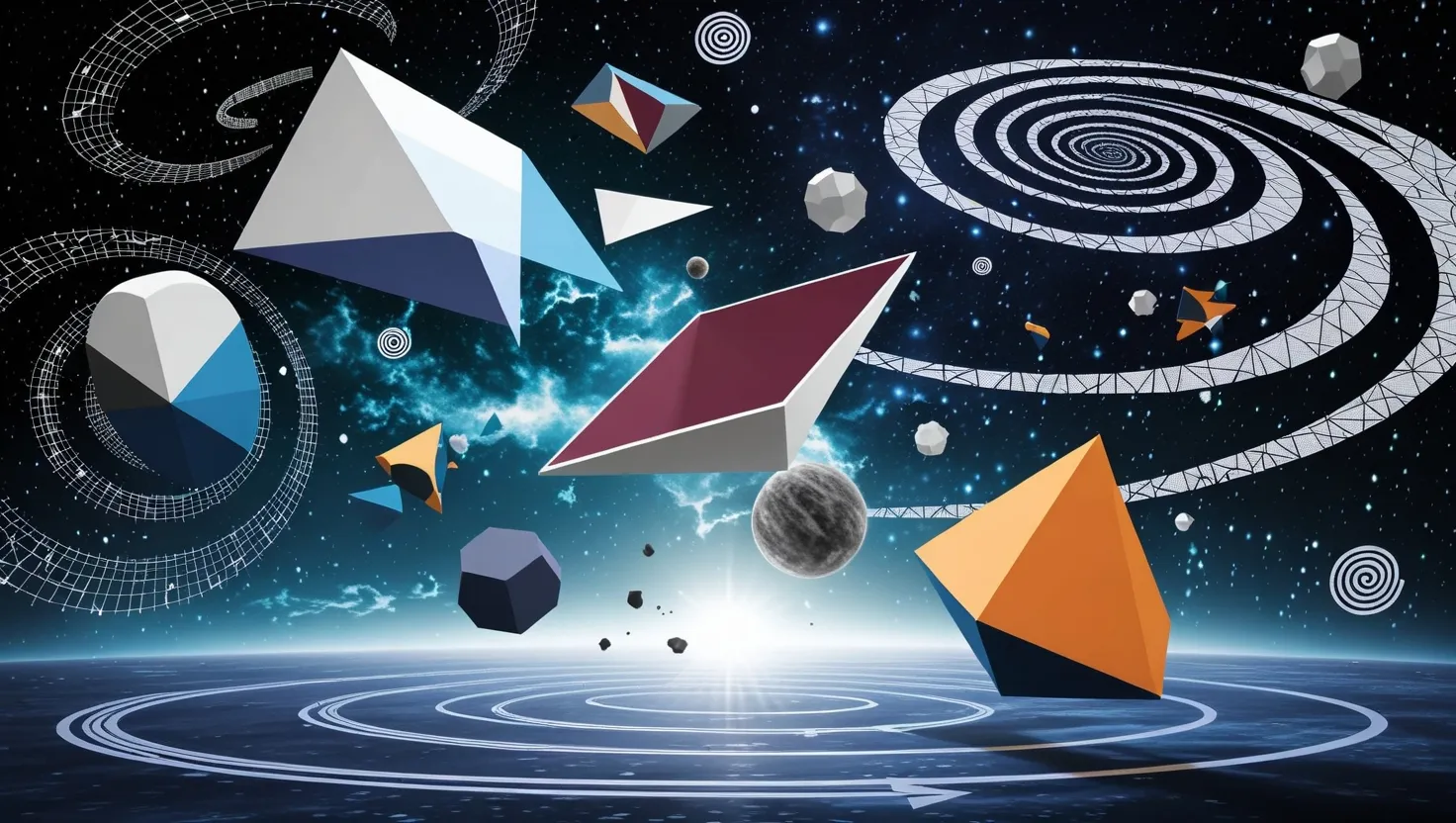In the realm of synthetic biology, the boundaries between science fiction and reality are blurring at an unprecedented pace. Here, we delve into five groundbreaking advances that are redefining what it means to engineer life itself.
The Birth of Xenobots
Imagine tiny robots, not made of metal or plastic, but of living cells. These are the xenobots, created from the stem cells of frog embryos. These microscopic marvels can move, self-heal, and even replicate themselves in a way that defies conventional biological reproduction. By scooping up free-floating stem cells and gathering them into piles, xenobots can create new generations of themselves, a process termed kinematic self-replication.
“As the xenobots bumble about, they can gather loose frog cells into spheres, which then coalesce into xenobots themselves,” a phenomenon that challenges our traditional understanding of reproduction. This ability to self-replicate opens up exciting possibilities in biomedical applications, such as sculpting tissues for implantation or delivering targeted therapeutics within the body.
Synthetic Minimal Genomes: The Quest for Artificial Life
What is the minimum amount of genetic material needed to sustain life? This question has driven researchers to create synthetic minimal genomes, essentially the bare essentials for life to function. By stripping down the genome to its most fundamental components, scientists aim to understand the core processes that define life and potentially create new, artificial life forms.
“The ultimate goal is to create a cell that can survive and replicate with a minimal number of genes,” a feat that would not only shed light on the origins of life but also pave the way for designing novel biological systems. This work could lead to the development of highly efficient microbial factories for producing biofuels, pharmaceuticals, and other valuable compounds.
CRISPR-Engineered Crops: Revolutionizing Agriculture
CRISPR technology has transformed the field of genetic engineering, allowing for precise and efficient editing of genomes. In agriculture, this means creating crops with enhanced traits such as drought resistance, increased yield, and improved nutritional content. These engineered crops could be the key to addressing global food security challenges, especially in regions where climate change is impacting agricultural productivity.
“CRISPR is a game-changer for agriculture,” enabling scientists to introduce desirable traits without the lengthy and unpredictable process of traditional breeding. But what are the long-term implications of altering the genetic makeup of our food sources? As we move forward, it’s crucial to consider the ethical and environmental impacts of these advancements.
Artificial Chloroplasts: Enhancing Photosynthesis
Photosynthesis is the cornerstone of life on Earth, but it’s not as efficient as it could be. Researchers are now working on creating artificial chloroplasts, the organelles within plant cells responsible for photosynthesis. By engineering these chloroplasts, scientists hope to boost the efficiency of photosynthesis, potentially leading to more productive crops and even novel bioenergy solutions.
“Imagine if we could make plants that produce more oxygen and absorb more carbon dioxide,” a scenario that could significantly mitigate climate change. However, this raises questions about the scalability and sustainability of such technologies. Can we ensure that these artificial chloroplasts integrate seamlessly into natural ecosystems?
Engineered Microbiomes for Environmental Remediation
Microbiomes, the complex communities of microorganisms in our environment, play a crucial role in maintaining ecological balance. Synthetic biologists are now engineering these microbiomes to tackle environmental challenges such as pollution and climate change. By designing microbes that can degrade pollutants or capture carbon dioxide, scientists are creating biological tools for environmental remediation.
“Microbes are the unsung heroes of our planet,” capable of performing feats that are beyond the reach of current technology. But as we engineer these microbiomes, we must consider the potential unintended consequences. How do we ensure that these engineered microbes do not disrupt the delicate balance of natural ecosystems?
The Future of Synthetic Biology
As we push the boundaries of what is possible in synthetic biology, we are faced with a multitude of questions and challenges. How do we balance the potential benefits of these technologies with the ethical and environmental concerns they raise? What are the implications of creating new life forms or significantly altering existing ones?
“The science of trying to anticipate and control the consequences of complex systems” is at the heart of synthetic biology. It’s a field that requires a deep understanding of biology, engineering, and ethics. As we move forward, it’s essential to engage in a broader conversation about the future of life engineering and its impact on our world.
In the words of Michael Levin, “These things are routinely doing things that surprise us.” This surprise is both exhilarating and daunting, as it underscores the vast potential and the unknowns of synthetic biology. As we continue to explore and advance this science, we must do so with a keen eye on the future and a commitment to responsible innovation.
So, what does the future hold for synthetic biology? Will we see xenobots revolutionizing medicine, CRISPR-engineered crops feeding the world, and artificial chloroplasts transforming our energy landscape? Only time will tell, but one thing is certain: the possibilities are endless, and the journey is just beginning.






